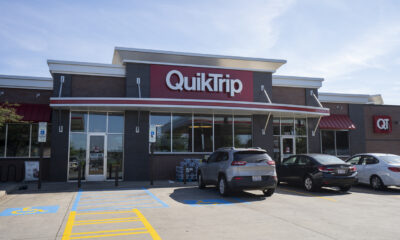Headlines
Detroit Files for Bankruptcy
Largest U.S. city to declare Chapter 9 – ever
MasterClass: ‘Re-Sparkling’ Retail: Using Store Design to Build Trust, Faith and Brand Loyalty
HOW CAN WE EMPOWER and inspire senior leaders to see design as an investment for future retail growth? This session, led by retail design expert Ian Johnston from Quinine Design, explores how physical stores remain unmatched in the ability to build trust, faith, and loyalty with your customers, ultimately driving shareholder value.
Presented by:
Ian Johnston
Founder and Creative Director, Quinine Design
-

 Headlines2 weeks ago
Headlines2 weeks agoQuikTrip Testing Anti-Loitering Ground Mats
-

 Headlines2 weeks ago
Headlines2 weeks ago2 Arrested in Connection With Theft of 2,800 Lego Sets: Police
-

 Headlines5 days ago
Headlines5 days agoNetflix Houses Coming to Dallas, King of Prussia
-

 Headlines7 days ago
Headlines7 days agoExpress Bought by WHP-Led Group
-

 Headlines6 days ago
Headlines6 days agoMcDonald’s Axing AI Drive-Thru Test
-

 Headlines2 weeks ago
Headlines2 weeks agoCalvin Klein to Unveil Global Flagship in Paris
-

 Headlines1 week ago
Headlines1 week agoGoodsurf Sets Dallas Debut
-

 NEXT UX2 weeks ago
NEXT UX2 weeks agoTelling a Story in Milan and Copenhagen















